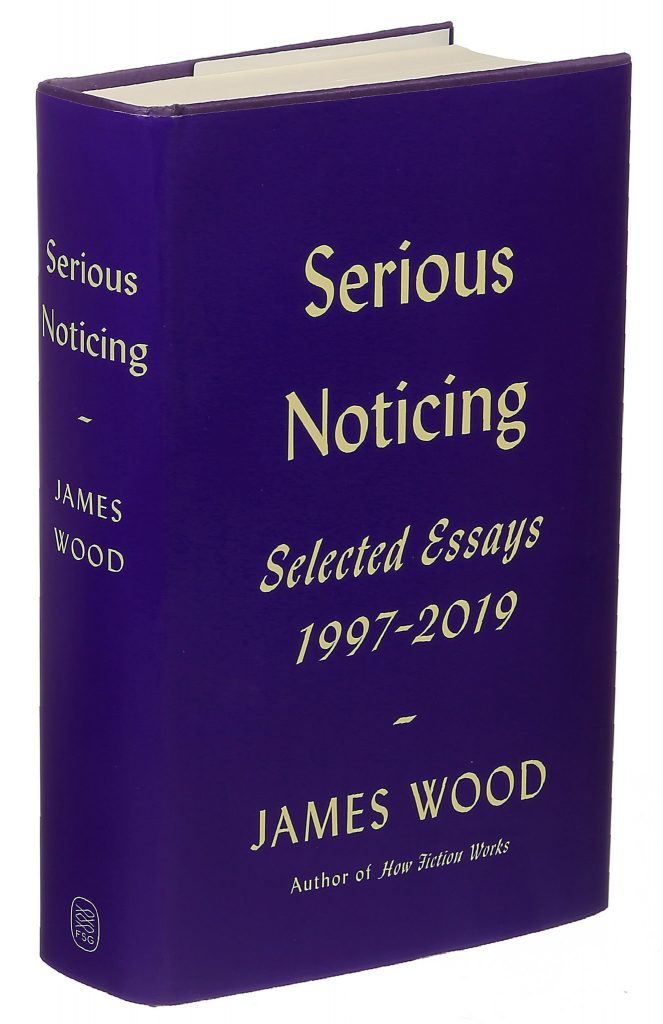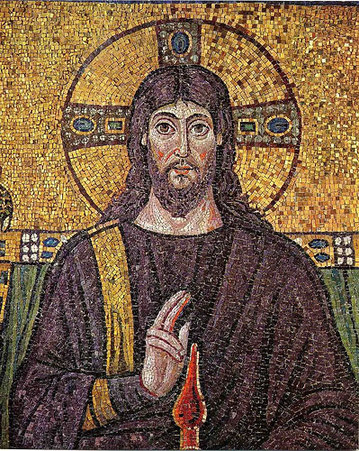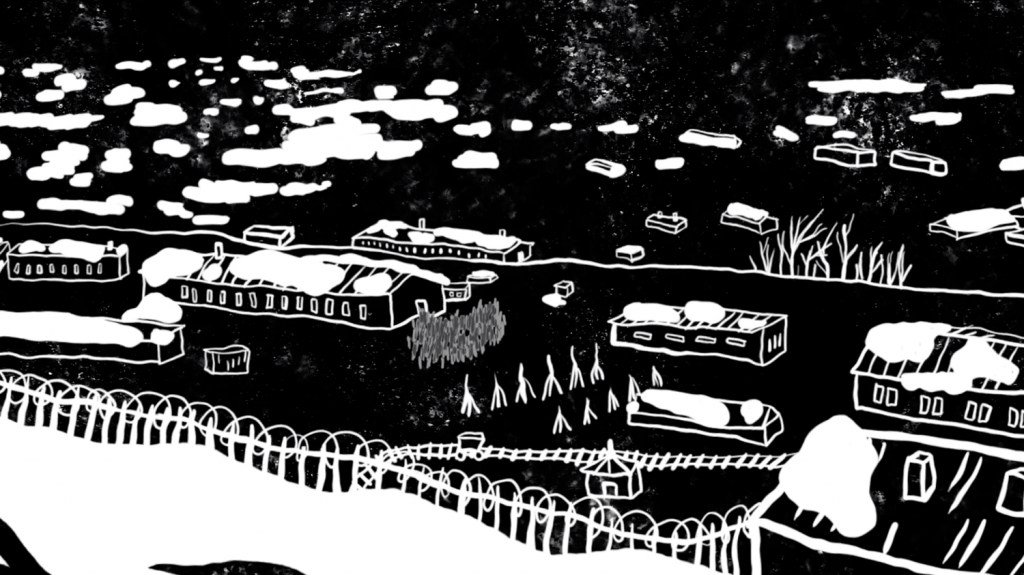“In ‘Serious Noticing,’ James Wood Closely Reads Chekhov and Others — Including Himself,“ in The New York Times

“Often, in life, I have felt that an essentially novelistic understanding of motive has helped me to begin to fathom what someone else really wants from me, or from another person. Sometimes, it is almost frightening to realize how poorly most people know themselves; it seems to put one at an almost priestly advantage over people’s souls. This is another way, I suppose, of suggesting that in fiction we have the great privilege of seeing how people make themselves up—how they construct themselves out of fictions and fantasies and then choose to repress or forget that element of themselves.”
“A Homeric Life: Neil Peart (1952-2020),” by Bradley J. Birzer in The American Conservative

Peart was, after all, as much man as he was myth. As he and his co-author, Kevin J. Anderson, wrote in their second novel, Clockwork Lives: “Some lives can be summed up in a sentence or two. Other lives are epics.”
Peart’s was Homeric.
“Loving to Know,” by N.T. Wright in First Things

My proposal is that paying attention to Jesus as a real figure of first-century history can point some ways forward for the Church and, through the Church, for our misguided and muddled world. And for all this—and for the multiple resultant tasks in theology and mission—we need to understand, and put into practice, new ways of knowing: specifically, an epistemology of love.
“Beneath the Tree of Life,” by N.T. Wright in The Plough

This is the apocalyptic vision of the beauty of God. And it is given to us not so that in desiring to belong to that city we forget the present world and our obligations within it, but so that we will work to bring glimpses of that glory into the present world, in the peacemaking that anticipates the Isaianic vision of the wolf, the lamb, and the vegetarian lion; in the doing of justice that anticipates the final rule of the true Messiah; in the work of healing that springs from the water of life flowing from the city into the world around; and not least in the glorious art that gives birth to genuine beauty within a world full of ugliness, which bridges the gap between Isaiah’s present and future visions, a world full of glory and a world to be filled yet more completely.
“This Is Not Ancient History: meet the artists bringing the devastating stories of Stalin’s repressions to life,” in The Calvert Journal

“The survivors are now quite old, but they do still exist,” says Thomas Burns, Coda Story’s creative director. “Some were afraid to speak. But we wanted this to feel like an oral history project. Textbooks don’t do justice to something of this scale. People think it was only a handful of people who were sent to the gulags. It wasn’t. It sent shock waves through society — the survivors who came back as different people, the families who had to pick up the pieces. It had waves of effects and we’re still feeling them. This is not ancient history.”
What has awakened your wonder in the past few weeks? Share it in the comments below!




2 Comments
Jen B.
The link to The Plough article sends me to The New Yorker.
Veritas Journal
Thank you! We’ve fixed the link.